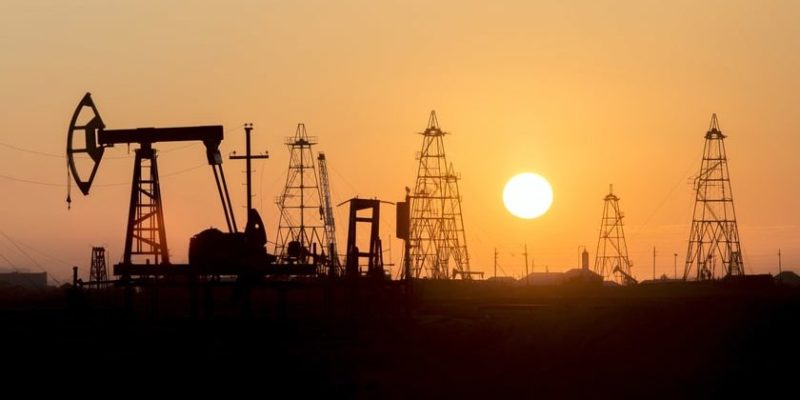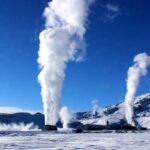We explain what non-renewable resources are and various examples. Furthermore, differences with inexhaustible and renewable resources.

What are non-renewable resources?
Non-renewable resources are those natural resources usable by humans, which cannot be produced or regenerated at a rate that makes its consumption rate sustainable. That is to say that are at risk of shortage either by disappearance or degradation. They exist in fixed quantities or are created naturally at a tremendously slow rate.
Non-renewable natural resources are, unfortunately, some of the most coveted and most useful for industrial society, especially those that result in energy production.
Thus, humanity is constantly in search of new reserves or alternative means of obtaining them, if not replacements that, furthermore, do not entail the ecological risk that these types of resources usually imply.
See also: Exploitation of natural resources
Examples of non-renewable resources

Some examples of non-renewable resources are the following:
- Hydrocarbons Formed from prehistoric organic matter, subjected for billions of years to intense conditions of pressure, temperature and absence of oxygen, hydrocarbons were formed inside the Earth's crust and can be extracted by humanity today. They generally have a very high energy value and serve as an input to obtain a great diversity of different chemical materials. We are talking about oil, coal and natural gas, mainly.
- Earth minerals The Earth is made up of a fixed amount of chemical elements, forming part of various types of minerals. Some are very abundant, others are less so, and some are quite scarce. Either way, these minerals were formed over eons of geological activity. Their extraction and transformation takes only a tiny fraction of that time, so they can well be considered non-renewable resources: gold, silver, diamonds, uranium, etc.
- groundwater. As long as they are confined aquifers and without recharge, groundwater deposits are limited. Encapsulated due to specific geological conditions, and therefore isolated from various sources of contamination, they represent deposits of very pure water, which have occurred in a fixed number and could run out.
renewable resources

Renewable resources are understood to be those that, although they run the risk of degrading or running out, survive it because they are immersed in natural dynamics of replacement and renewal that are much faster or more massive than the dynamics of consumption by humanity.
That is, those resources that they renew themselves naturally and that if they are consumed at a rational rate, could prove inexhaustible in practice.
An example of this resource is hydroelectric energy, dependent on the fall of large water courses, such as rivers or waterfalls, which mechanically mobilize turbines. These power plants are reliable and constant, as long as the volume of water from the river or waterfall is constant and abundant.
Inexhaustible resources

Inexhaustible resources are those that are present in nature in such abundance that it is practically impossible to exhaust them. That is why they are also called superabundant resources. Examples of this type of resources are hydrogen, land, seas or solar energy.
Continue in: Inexhaustible resources
References
- “Non-renewable resources” on Wikipedia.
- “Renewable and non-renewable natural resources” in Educational Portal.
- “Nonrenewable resources” in cK-12 Foundation.
- “Renewable and non-renewable resources” (video) on Portal Educabolivia.





